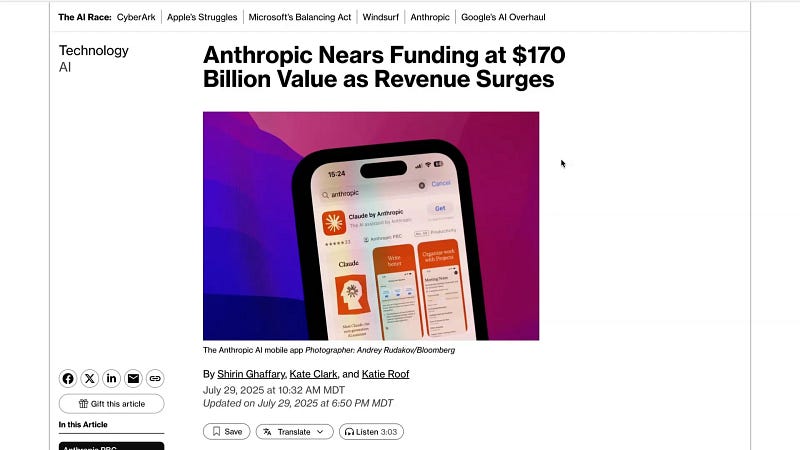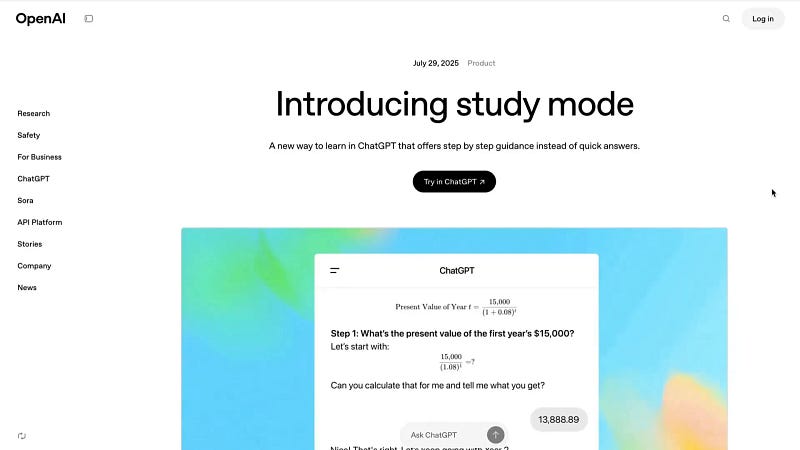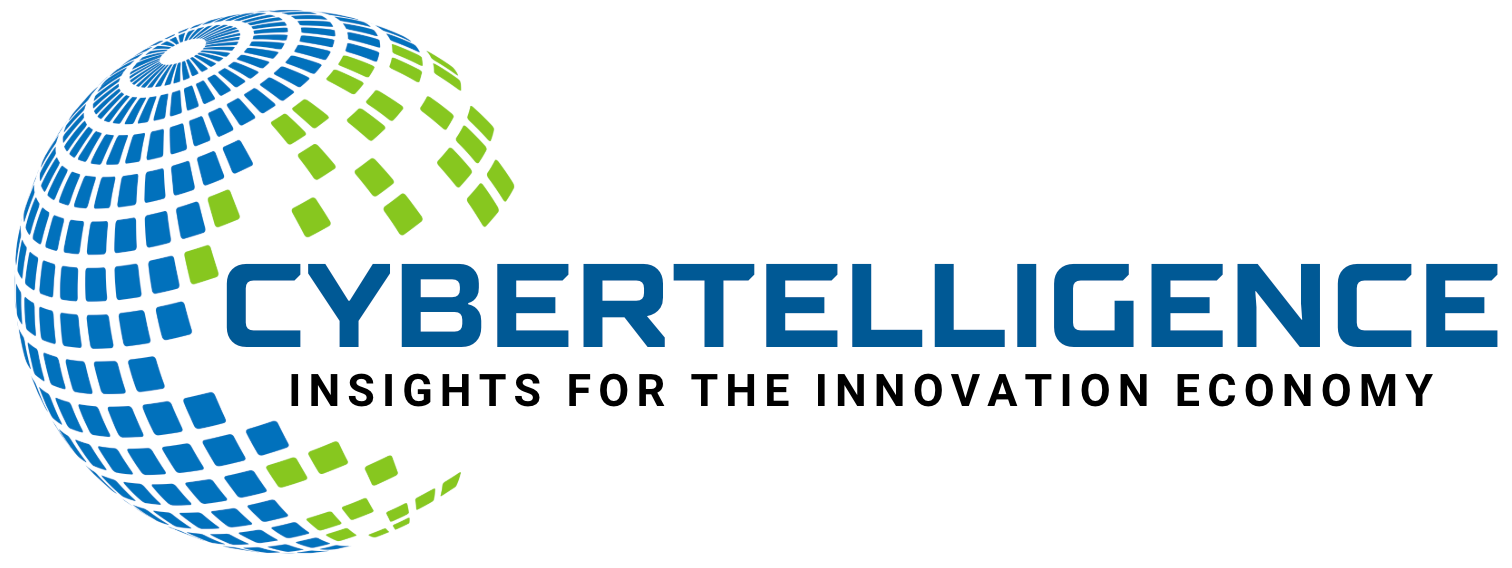AI Trends: Microsoft and OpenAI Near a Groundbreaking AGI Deal and More
Welcome to our latest update on AI Trends, where we dive into the most important news shaping the artificial intelligence landscape. Today…

Welcome to our latest update on AI Trends, where we dive into the most important news shaping the artificial intelligence landscape. Today, we explore some major developments around OpenAI and Microsoft’s ongoing negotiation, Anthropic’s skyrocketing valuation, new AI-powered educational tools, and Meta’s innovative approach to AI-assisted hiring. These stories highlight the fast pace of AI innovation and the evolving roles these technologies play in business, education, and hiring.

Table of Contents
- Microsoft and OpenAI: Resolving the AGI Access Dispute
- Anthropic’s Valuation Surges Amid Massive Funding Round
- OpenAI’s New Study Mode Enhances Learning Experiences
- Google’s NotebookLM Adds Video Overviews for Visual Learning
- Meta’s AI-Assisted Interviews Reflect Real-World Developer Environments
- Conclusion
- Frequently Asked Questions (FAQ)
Microsoft and OpenAI: Resolving the AGI Access Dispute
One of the biggest stories in AI Trends right now is the progress in talks between Microsoft and OpenAI. These two companies have been in a long negotiation over OpenAI’s conversion to a for-profit company and the terms of Microsoft’s access to OpenAI’s technology. Last month, the talks seemed to be stuck, with OpenAI hinting at an antitrust complaint and Microsoft appearing ready to wait out the clock, risking OpenAI losing about $20 billion in funding tied to the deal.
However, cooler heads are prevailing. Recent reports suggest that Microsoft and OpenAI are close to a deal that will allow Microsoft continued access to OpenAI’s technology even if artificial general intelligence (AGI) is achieved. This is a major shift because under the original agreement, Microsoft would have been cut off from OpenAI’s models once they reached AGI — a term that OpenAI’s board alone could define. The subjectivity of this definition caused tension, especially after the dramatic firing and rehiring of Sam Altman, OpenAI’s CEO.
Now, the companies seem to be replacing the subjective AGI definition with a more objective revenue-based metric. AGI would be defined as technology that generates $100 billion in profits for Microsoft and other investors, aligning incentives through profit-sharing rather than vague technical milestones. Additionally, the deal reportedly includes terms preventing Microsoft from pursuing AGI independently, though discussions around this are ongoing.
Both companies stand to gain significantly if the deal closes. As Goldman Sachs analyst Cash Rangan noted, finalizing this agreement would remove a big hurdle for investors and help stabilize the AI market.

Anthropic’s Valuation Surges Amid Massive Funding Round
Another exciting development in AI Trends is the rapid rise in Anthropic’s valuation as it prepares to close its latest funding round. Rumors have been swirling for weeks — first at $100 billion, then $150 billion, and now Bloomberg reports the valuation could reach $170 billion. This round, led by Iconic Capital, is expected to raise between $3 and $5 billion.
Anthropic’s investors include major sovereign wealth funds like the Qatar Investment Authority and Singapore’s Sovereign Wealth Fund, reflecting the growing role these global capital players have in AI funding. Abu Dhabi’s MGX is also rumored to be interested.
What makes Anthropic’s valuation jump so fascinating is its strong revenue growth. Starting the year with about $1 billion in annual recurring revenue (ARR), Anthropic quickly scaled to $3 billion, then hit $5 billion within a few months. Projections suggest they could reach $9 billion by the end of the year, a phenomenal growth rate that rivals OpenAI’s $300 billion valuation and Elon Musk’s XAI target of $200 billion.
Ajay Khorabi from SemiAnalysis even noted that Anthropic’s API revenue has overtaken OpenAI’s, underscoring how much the company’s business is accelerating.

OpenAI’s New Study Mode Enhances Learning Experiences
OpenAI isn’t just focusing on new models; they’re also innovating how their tools are used. Recently, they launched a new “Study Mode” for ChatGPT, designed to help students work through problems step-by-step instead of just giving answers. The feature provides hints and nudges to encourage students to reason out solutions independently, promoting deeper learning.
This mode was developed with input from education experts and aims to foster active participation, manage cognitive load, and encourage curiosity and self-reflection. Given that ChatGPT usage in schools is reported to be over 80%, this feature could significantly impact how students interact with AI in educational settings.
Anthropic had introduced a similar study mode for their Claude model earlier this year, but OpenAI’s massive user base means this new feature could reach far more learners.

Google’s NotebookLM Adds Video Overviews for Visual Learning
In the realm of educational AI tools, Google’s NotebookLM has introduced an exciting new feature called Video Overviews. These AI-generated videos act as a visual alternative to audio summaries, using an AI host to create new visuals, diagrams, quotes, and numbers pulled from your documents.
This makes it easier to explain complex data, demonstrate processes, and make abstract ideas more tangible. Users can customize the video’s knowledge level, generating content suitable for children or graduate students from the same source material.
This feature, along with improvements like allowing multiple overviews and study guides per notebook, represents a leap forward in personalized, AI-driven learning tools.

Meta’s AI-Assisted Interviews Reflect Real-World Developer Environments
Finally, Meta is shaking up the hiring process by planning to allow candidates access to AI assistants during coding interviews. This new interview style aims to mirror the real developer environment, where AI tools are increasingly integrated into daily workflows.
A memo obtained by Wired reveals that Meta is testing mock interviews where candidates can collaborate with AI, making traditional LLM-based cheating less effective. This approach acknowledges that AI collaboration skills are becoming essential for modern developers.
While some companies like Anthropic have given mixed messages about AI use during assessments, Meta is embracing the change. They see AI as a tool that helps engineers and want to evaluate candidates’ ability to work effectively with AI.
This shift is inevitable, as demonstrated by the experience of many companies where employees resistant to AI assistance struggled to keep up. Roy Lee, CEO of Clouly, celebrated Meta’s announcement, noting that what is considered cheating today may soon be standard practice.

Conclusion
AI Trends continue to evolve at a breathtaking pace. The near resolution of the OpenAI-Microsoft AGI deal could reshape the future of AI collaboration and profit-sharing. Anthropic’s rapid rise signals fierce competition in the AI space, supported by major global investors. Meanwhile, AI is transforming education through tools like OpenAI’s Study Mode and Google’s NotebookLM video overviews, enhancing how people learn. Finally, Meta’s innovative hiring process acknowledges the growing importance of AI collaboration skills in the workforce.
As we watch these developments unfold, one thing is clear: AI is not just a technology of the future — it’s reshaping our present in profound ways.
Frequently Asked Questions (FAQ)
What is the main issue in the OpenAI and Microsoft negotiation?
The main issue has been Microsoft’s access to OpenAI’s technology after the achievement of artificial general intelligence (AGI). The original deal allowed OpenAI’s board to decide when AGI was reached, which could cut Microsoft off. The new talks aim to replace this with a revenue-based metric for defining AGI.
Why is Anthropic’s valuation increasing so rapidly?
Anthropic’s valuation is rising because of its fast-growing revenue, which jumped from $1 billion ARR to potentially $9 billion by the end of the year. This strong financial performance is attracting large investments from sovereign wealth funds and other major investors.
How does OpenAI’s Study Mode help students?
Study Mode encourages students to work through problems step-by-step by providing hints and nudges instead of just answers. This approach promotes deeper learning, active participation, and critical thinking.
What are Google’s NotebookLM Video Overviews?
Video Overviews are AI-generated visual summaries that use images, diagrams, and an AI host to explain concepts from documents. They can be tailored to different knowledge levels, making complex information easier to understand.
Why is Meta allowing AI assistance during coding interviews?
Meta’s new interview format reflects the real world where developers use AI tools regularly. Allowing AI assistance helps evaluate candidates on their ability to collaborate with AI, a skill becoming essential in modern software development.
This article is based on comprehensive research derived in part from the referenced video Microsoft is Feeling the AGI
